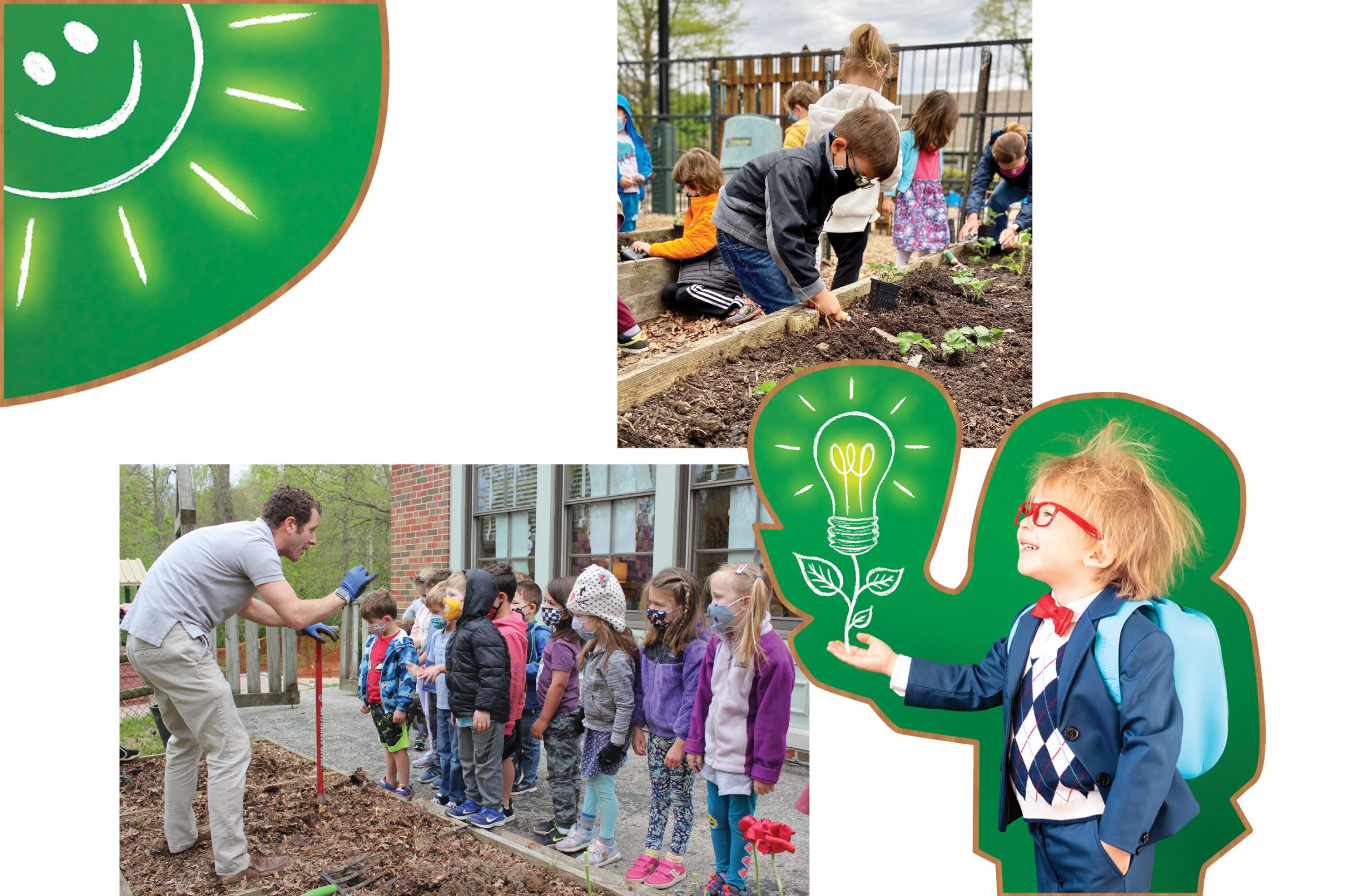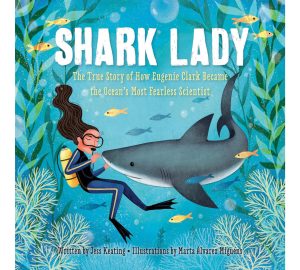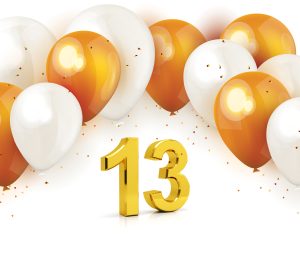You don’t have to be an adult to make a big impact. That’s something sustainability initiatives at local schools aim to teach students every day. We talked with two schools about how they’re helping kids realize that they can play a part in keeping the planet vibrant and livable for generations to come.
community school
Community School’s 18-acre campus has been crucial for teachers and students this year. Jered Gruszka, a second-grade teacher and co-chair of the school’s sustainability committee, says everyone has enjoyed getting to spend time outside during the pandemic. The greater focus on outdoor spaces also has ignited students’ interest in the school’s three gardens. “We have a gardening class, and students are excited to get out there to till the soil, pull weeds and check for worms,” he says. “They also enjoy the sense of community the garden brings.”
The gardens are only one facet of the sustainability committee’s work. “A few years ago we started Meatless Mondays; we compost our food waste; and our food service provider, SAGE Dining Services, sources food from local vendors and farms,” says co-chair Joe Mohr. “We have plastic bag recycling stations, and every year, we have an electronics recycling event.” Students also launch their own initiatives. When third-graders noticed how many markers were thrown away, they created a collection and recycling program, Gruszka notes.
As a woodshop teacher, Mohr brings that dedication to sustainability into the classroom by responsibly sourcing wood, and the woodshop opts to use lumber from dead trees when available. “We also work to offset the wood we use by planting trees,” he says. “Every year, we probably get around 50 trees. Some of them go home with fourth-graders to be planted, and the rest stay on campus.” Over the last five years, more than 100 trees have been planted on the school’s grounds.
Both Gruszka and Mohr are grateful to work at a school dedicated to teaching students about the importance of the environment. “We want to encourage students to be changemakers,” Gruszka says. “This is the world they are inheriting, and if they are already invested as children, they will continue to care later.” Mohr, who previously worked as an environmental writer, adds, “We want composting and recycling to become a part of everyday life for kids. It can be difficult to change the habits of adults, but we can help future adults think about the environment and make sustainable choices.”
forsyth school
Environmentalism is ingrained into the mission of Forsyth School. One of the primary tenets it looks to instill in students is environmental stewardship. “The school has a long tradition of caring for the earth,” says Christine Torlina, early childhood/lower school science specialist and co-chair of the Go Green Forsyth Committee for Sustainability. “Starting when they are 2 years old, students are taught responsibility for the world through sustainability and connecting to nature.”
Along with spearheading projects like solar panel installation and recycling and composting initiatives, the sustainability committee helps bring eco-friendly lessons into the classroom in all subjects. “In art class, we incorporate native plants and animals found around campus,” says Susan Zareh, the committee’s co-chair and part of the sixth grade teaching team. “There also are plans for fourth-graders to put on a musical about going green for drama class.” In science, students learn about a variety of topics, including water use in fifth grade and wolves in third grade.
This fall, sixth-graders helped the Pershing Park identify tree species to update its tree map. They also launched a special arbor walk project inspired by a similar initiative at Washington University that uses QR codes to share information about trees. To create Forsyth’s own walk, students researched 17 trees on campus. They conducted interviews to learn the story about when and why they were planted. “One of the parents helped us create QR codes, and students made a website to share the project with the rest of the school for Earth Day,” Zareh says.
Along with its proximity to Forest Park and other green spaces, Torlina says Forsyth is lucky to have several outdoor learning spaces on its own campus. This includes gardens, play areas and a new water feature with a pondless waterfall. “One of the younger classes is planting strawberries in the raised garden beds, and other gardens include native plants that students can study,” Torlina says. “They get to engage in ecology in real time and build a relationship with the natural world.”
Jered Gruszka leads a gardening lesson.
Photo courtesy of Community School
Junior kindergarten students learn about gardening.
Photo courtesy of Forsyth School








